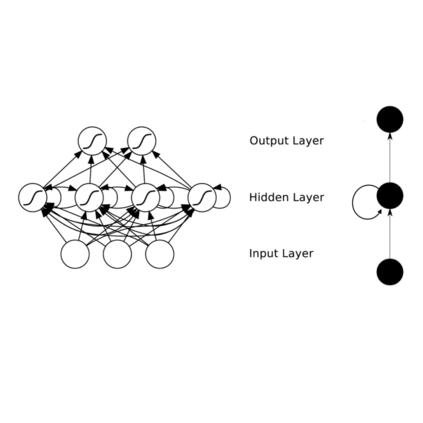We established a Spatio-Temporal Neural Network, namely STNN, to forecast the spread of the coronavirus COVID-19 outbreak worldwide in 2020. The basic structure of STNN is similar to the Recurrent Neural Network (RNN) incorporating with not only temporal data but also spatial features. Two improved STNN architectures, namely the STNN with Augmented Spatial States (STNN-A) and the STNN with Input Gate (STNN-I), are proposed, which ensure more predictability and flexibility. STNN and its variants can be trained using Stochastic Gradient Descent (SGD) algorithm and its improved variants (e.g., Adam, AdaGrad and RMSProp). Our STNN models are compared with several classical epidemic prediction models, including the fully-connected neural network (BPNN), and the recurrent neural network (RNN), the classical curve fitting models, as well as the SEIR dynamical system model. Numerical simulations demonstrate that STNN models outperform many others by providing more accurate fitting and prediction, and by handling both spatial and temporal data.
翻译:我们建立了一个Spatio-Temporal神经网络,即STNNN,以预测2020年COVID-19号冠状病毒爆发在全世界的蔓延情况。STNN的基本结构类似于经常性神经网络(RNN),它不仅包含时间数据,而且还包含空间特征。我们提出了两个改进过的STNN结构,即STNNN与增强空间国家(STNNN-A)和STNNNN与输入门(STNNN-I),这确保了更大的可预测性和灵活性。STNN及其变体可以使用Stochatical 梯层算法(SGD)及其改进的变体(例如Adam、AdaGrad和RMSProp)进行培训。我们的STNN模型与若干典型的流行病预测模型进行了比较,其中包括完全连接的神经网络(BPNNNN)和经常性神经网络(RNNN)、古典曲线安装模型以及SIR动态系统模型。Numerical模拟表明STNM模型通过提供更准确的匹配和预测,以及处理空间和时间数据,超越许多其他模型。




